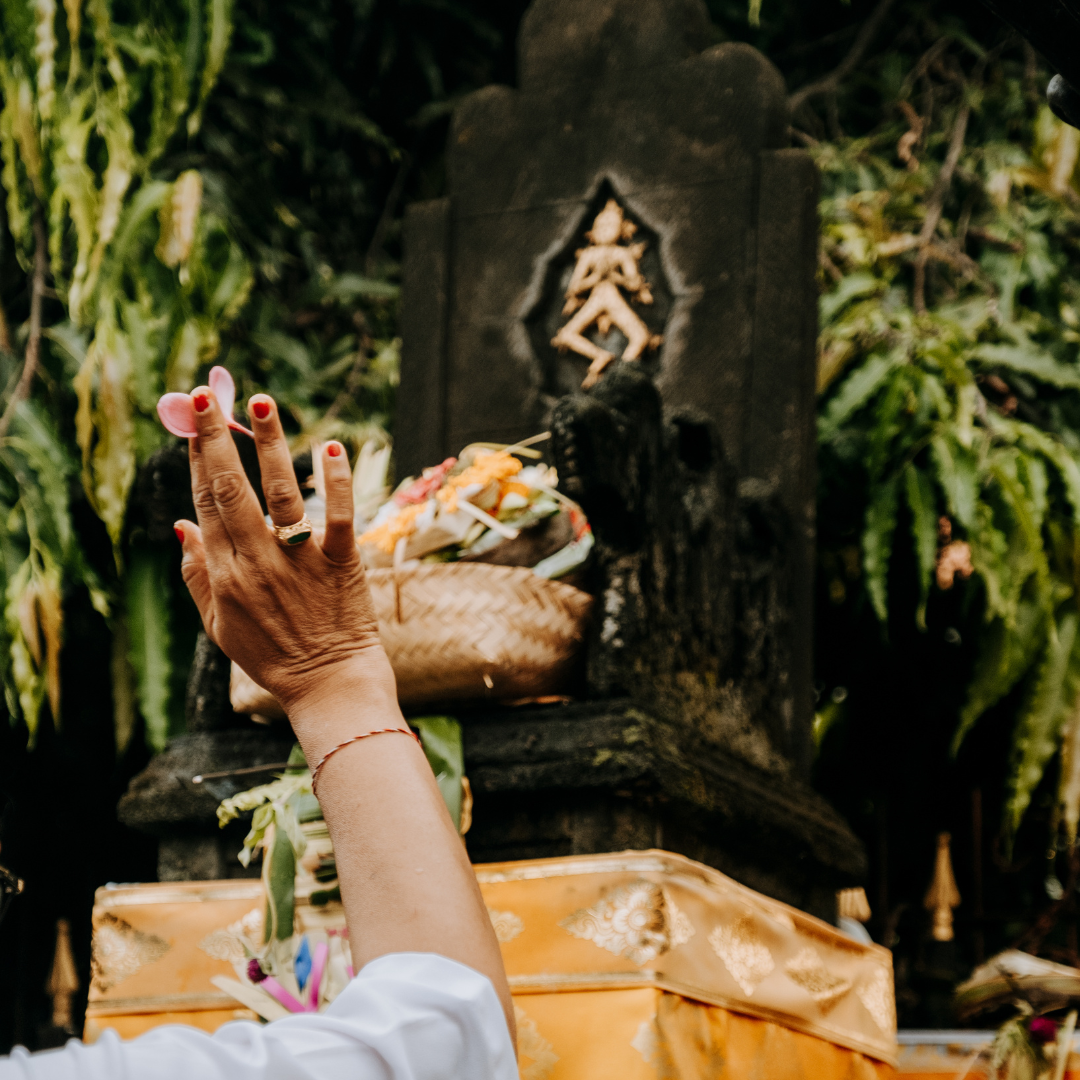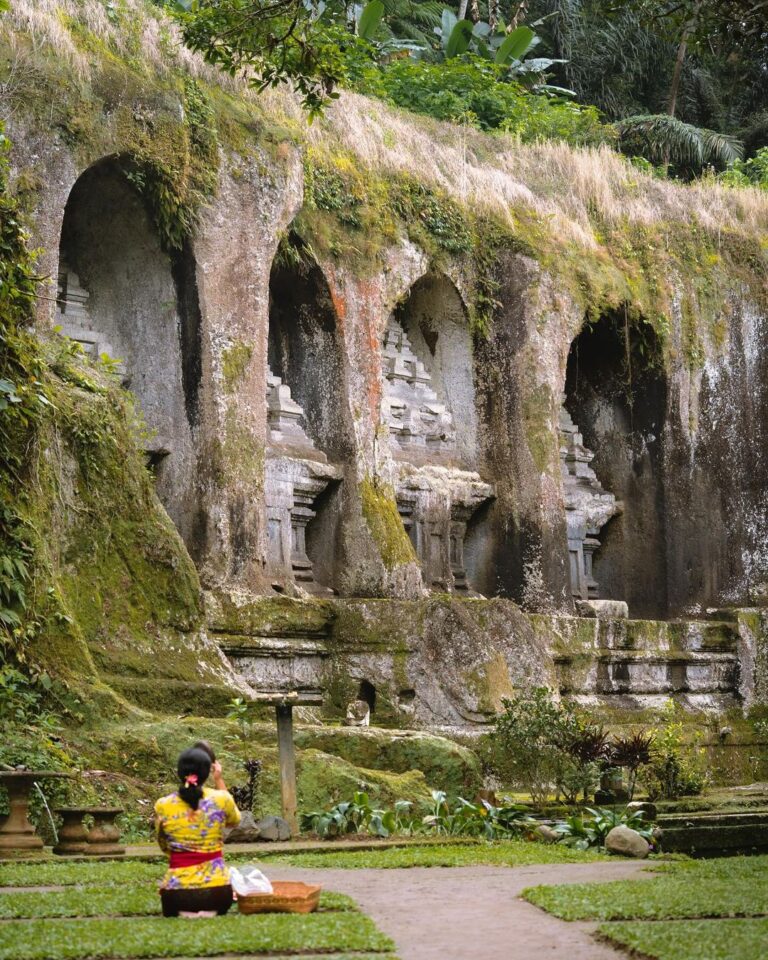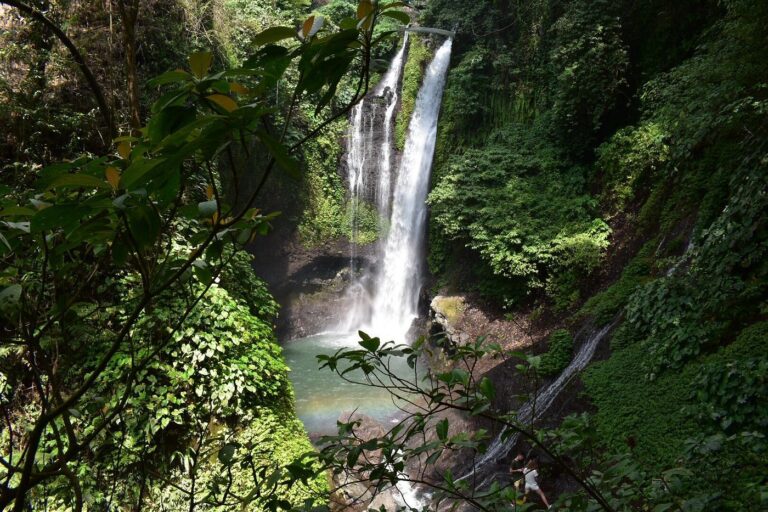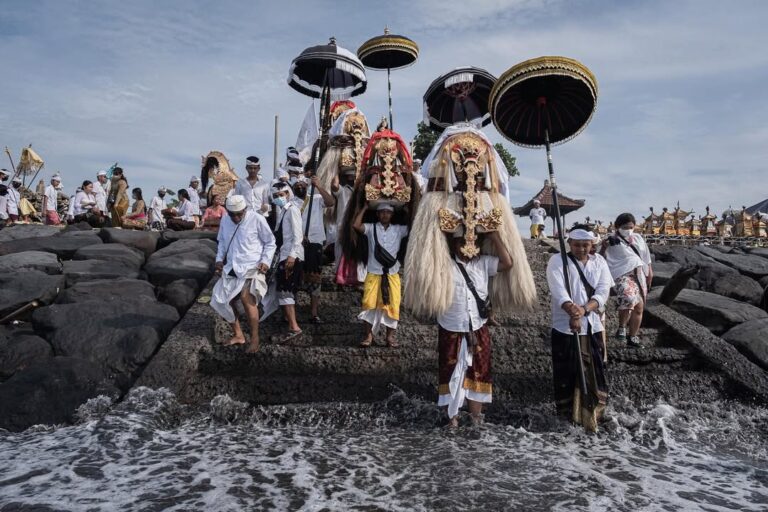Upon arriving in Bali, you might notice many people having the same name despite not having blood relations.
This unique naming system, although confusing at times, is a product of centuries old caste system in Bali. This article delves into the social hierarchy and explores how it’s reflected in Balinese names.
The Four Varnas
Bali’s caste system, similar to the Indian system, has four varnas (castes) :
Brahmana (Brahmin) : The highest caste, traditionally priests and spiritual leaders.
Satria (Kshatriya) : The warrior caste, including nobility and past royalty.
Wesya (Vaishya) : The merchant and administrative class.
Sudra : The largest caste, encompassing farmers, artisans, and labourers.
Nuances and Modernity
Unlike the stricter caste system in India, Bali’s version is more flexible. Inter-caste marriage is becoming more common, and social mobility exists. However, the caste system still influences:
Language : Different levels of Balinese language are used to address people of varying castes.
Religious Ceremonies : Brahmana priests (Pedandas) often officiate religious rites.
Balinese names can be quite revealing. For instance, the prefix “Ni” typically indicates a female name, while “I” often precedes a male name.
Additionally, names may incorporate generational titles and references to the birth month.
Someone named “I Wayan Agustian”, for example, is likely a male firstborn with “Agustian” potentially alluding to a birth in August.
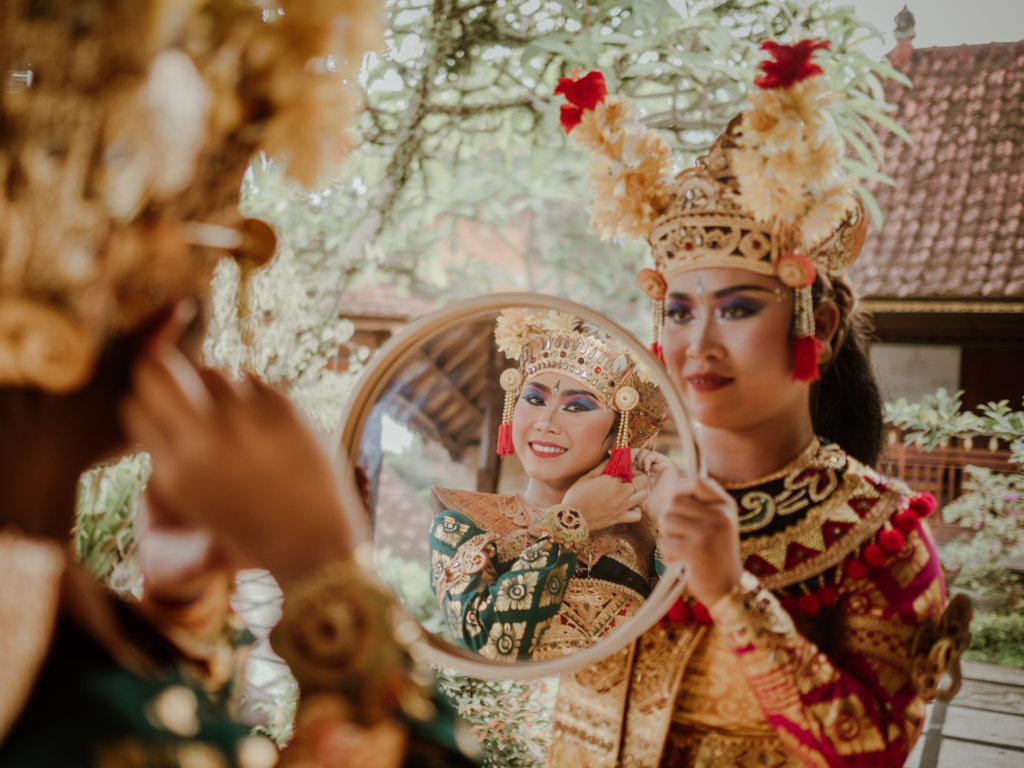
Balinese names also offer insights into a person’s caste :
Brahmana : Names often incorporate Sanskrit elements denoting purity and religious virtues. Examples include “Ida Bagus” (boy), “Ida Ayu” (girl).
Satria : Names might reflect nobility, strength, or historical figures. Examples include “Anak Agung”, “Tjokorda”, “Gusti” or names referencing past kingdoms.
Wesya : Names might be related to trade or prosperity. Examples include “Dewa”, “Desak” or names with commercial associations.
Sudra : Names are simpler and often based on birth order or auspicious days. Examples include “Wayan” (firstborn) or names linked to birth dates.
While the caste system is still present in Bali, naming practices are becoming more flexible. New, non-caste-specific names are gaining popularity, especially amongst younger generations.
Beyond the Caste
It’s important to remember that names in Bali are also influenced by :
Gender : Certain names are traditionally used for males or females.
Generational Titles : Titles like “Wayan” or “Made” indicate birth order within a family.
Personal Uniqueness : Nicknames or additional names can be used for individuality.
With social changes, naming practices are evolving. While caste affiliation might still be reflected in some names, newer, less caste-specific names are becoming increasingly popular.
Sudra Names by Birth Order
Sudra names are primarily based on birth order, with a prefix indicating the child’s position within the family. Here are the common ones:
Firstborn :
Male : I Wayan, I Putu
Female : Ni Wayan, Ni PutuSecondborn :
Male : I Made, I Kadek
Female : Ni Made, Ni KadekThirdborn :
Male : I Nyoman, I Komang
Female : Ni Nyoman, Ni KomangFourthborn :
Male : I Ketut
Female : Ni KetutFifth and Subsequent :
Naming becomes less rigid after the fourth child. Names might repeat the cycle (Wayan, Made, Nyoman, Ketut) or use alternatives like Putu or Manis (meaning “sweet”).

Additional Notes
These names are relatively simple compared to those of higher castes.
Sometimes, auspicious days or consultations with priests might influence name selection.
Nicknames or additional names might be used for further distinction within the family.

